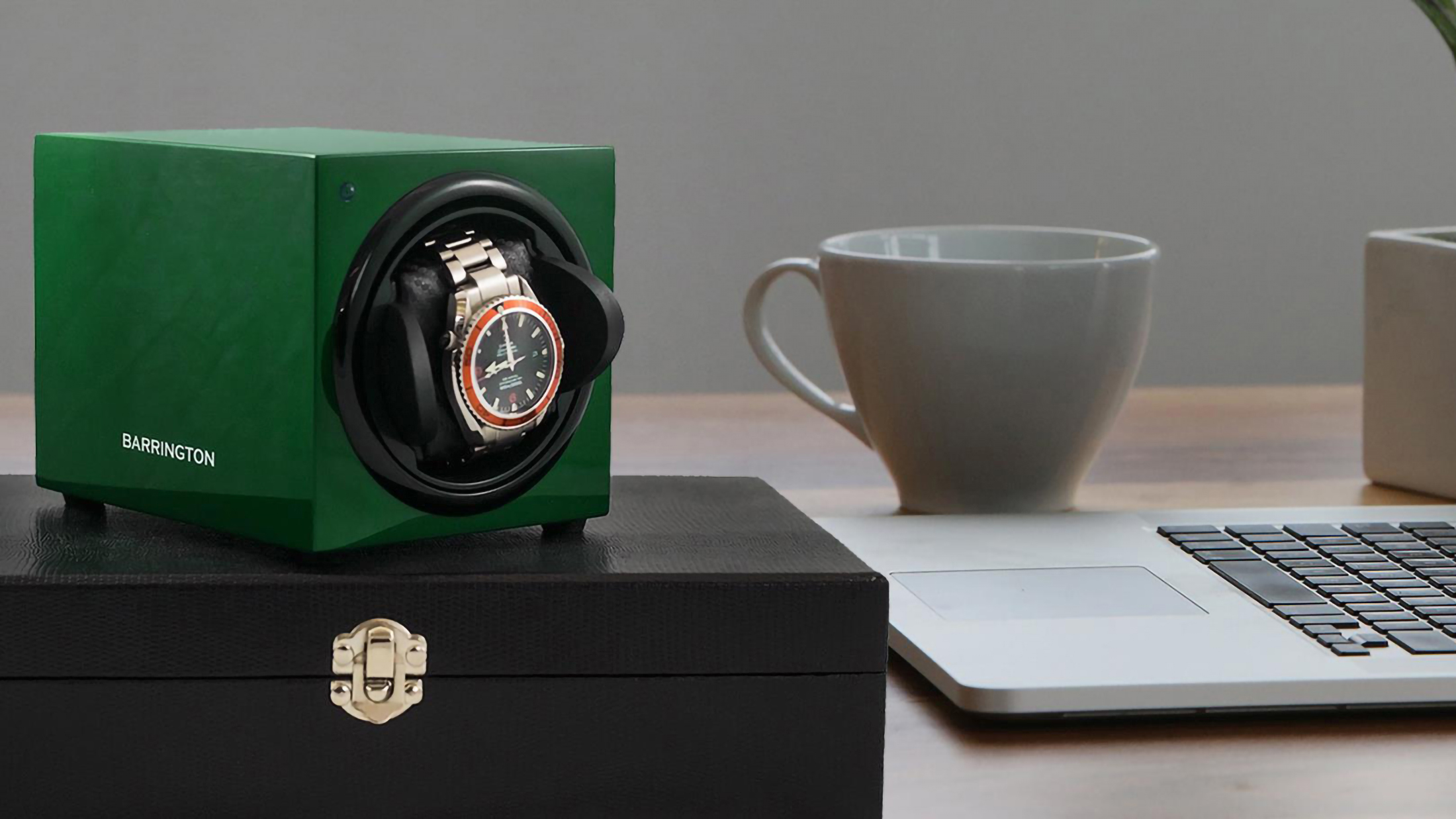Do you need a watch winder?
We help you decide whether your automatic watch needs a winder or not


Before we start looking at whether you need to buy one of the best watch winders on the market, first we need to discover how they work. Automatic watches are powered by the movement of your wrist. In very simple terms, this movement turns a rotor inside the watch case that winds up the mainspring, which stores energy and slowly feeds it into the watch movement.
Most automatic watches have a power reserve of between 36 and 48 hours, with some lasting a little longer. This means that, when the mainspring is fully wound, the watch can keep accurate time for three or four days without moving – in other words, without being worn.
If you have a couple of watches that you like to alternate between, chances are the automatic movement will retain enough power to survive a day or two between wears, then be wound up sufficiently when taken off the next time. If an automatic watch is left for any longer, then it will stop and need its time correcting when next used.
This isn’t such a big deal with a watch that shows only the time and perhaps the date. But when you add in extra complications like days and months, moon phase and more, resetting everything each time you want to wear the watch can be a pain.
This is where the watch winder comes to the rescue. Watch winders hold a watch securely and spin it sporadically throughout the day to ensure enough energy is fed into the mainspring to keep the movement running.
Winders tend to rotate the watch several times in one direction, before pausing then rotating the other way. The aim here is not to fully wind the mainspring, but instead to keep the power reserve at a steady level. To do this, the winder pauses to let the watch use up some power, before rotating again a few times to top it back up again.

Some watch winders have a simple on/off switch and can be left to get on with the job, while others allow for some customisation. This means you can set their rotation direction and how many turns per day (also known as TPD) they complete. This number can vary, but generally, you will see options from around 600 to 1,000 turns per day.
Get all the latest news, reviews, deals and buying guides on gorgeous tech, home and active products from the T3 experts
For some watches, it can be beneficial to pair them with a winder and a TPD setting that best suits its automatic movement. Winders with space for multiple watches let you set a direction and TPD for each winder, helping you keep your collection perfectly wound.
It is also worth quickly explaining that, while the direction and TPD options are there, most automatic watches cannot be damaged from being wound too much, as they have a slipping clutch that prevents the mainspring from being wound too tightly.
If you have just one watch then you are unlikely to need a watch winder. Unless you only wear the watch occasionally, then it will have enough energy to last two or three days without being worn. Similarly, if you own several watches but rotate between them regularly, then you will also have little need for a watch winder.
However, if you own an automatic watch but only wear it every so often, a winder could be a good idea – especially if it has several complications that will all need resetting each time you want to wear it.
Additionally, a watch winder can serve as a useful and secure way to store your watch when it isn’t being used. Many include a soft cushion to strap the watch to, and have a glass or plastic cover to protect the watch and stop it from attracting dust. Larger watch winders can also act as a statement piece for your bedroom or dressing room, with compartments for several watches, plus accessories and other pieces of jewellery. Finally, the largest watch winders (with price tags to match) can double as a secure safe for your most valuable possessions.
Liked this?
Alistair is a freelance automotive and technology journalist. He has bylines on esteemed sites such as the BBC, Forbes, TechRadar, and of best of all, T3, where he covers topics ranging from classic cars and men's lifestyle, to smart home technology, phones, electric cars, autonomy, Swiss watches, and much more besides. He is an experienced journalist, writing news, features, interviews and product reviews. If that didn't make him busy enough, he is also the co-host of the AutoChat podcast.
